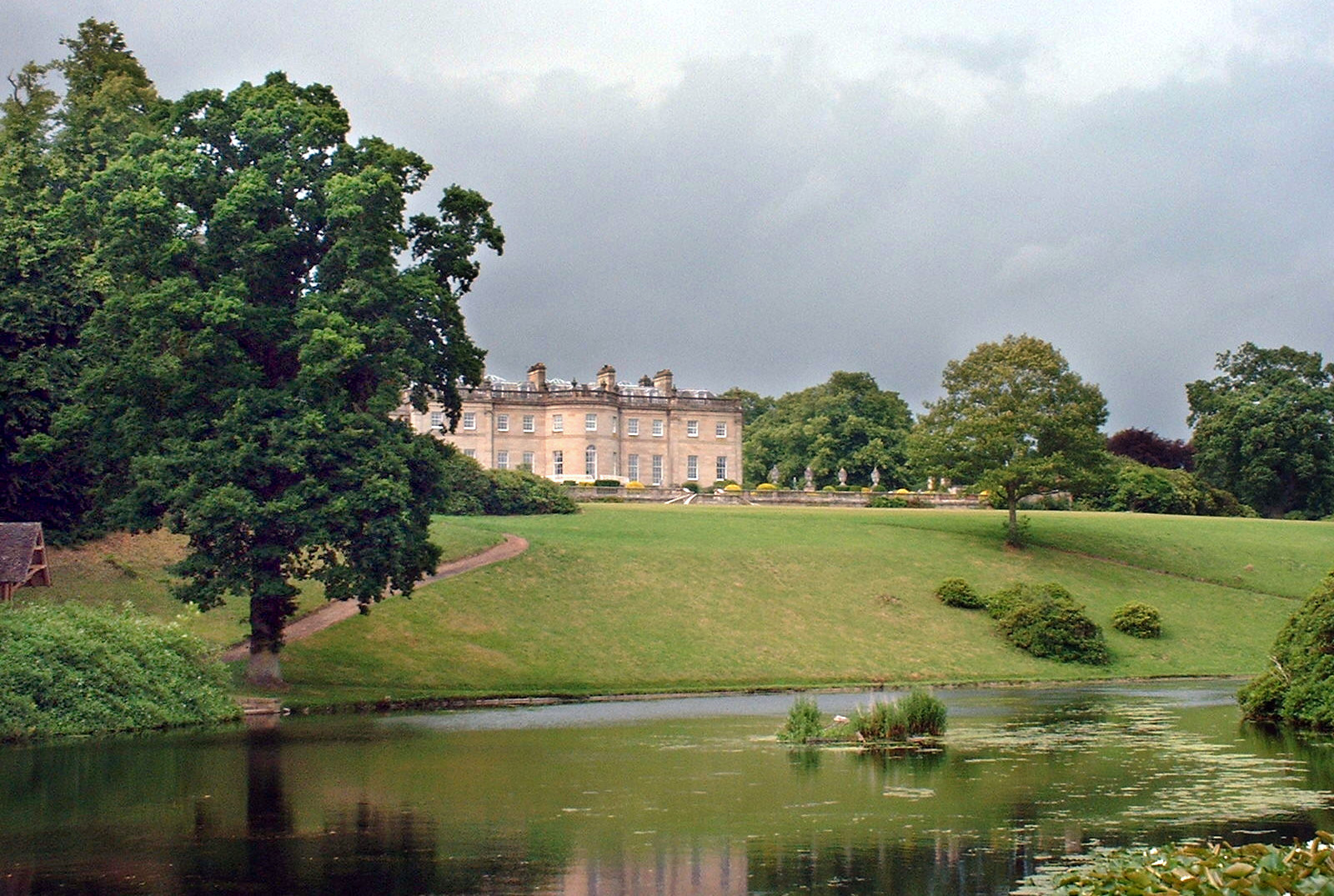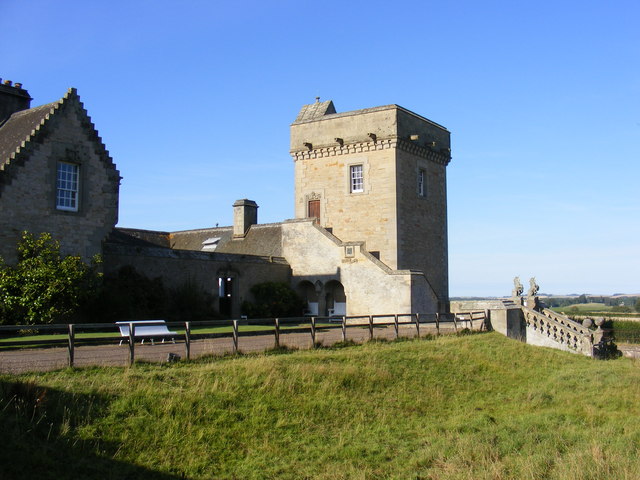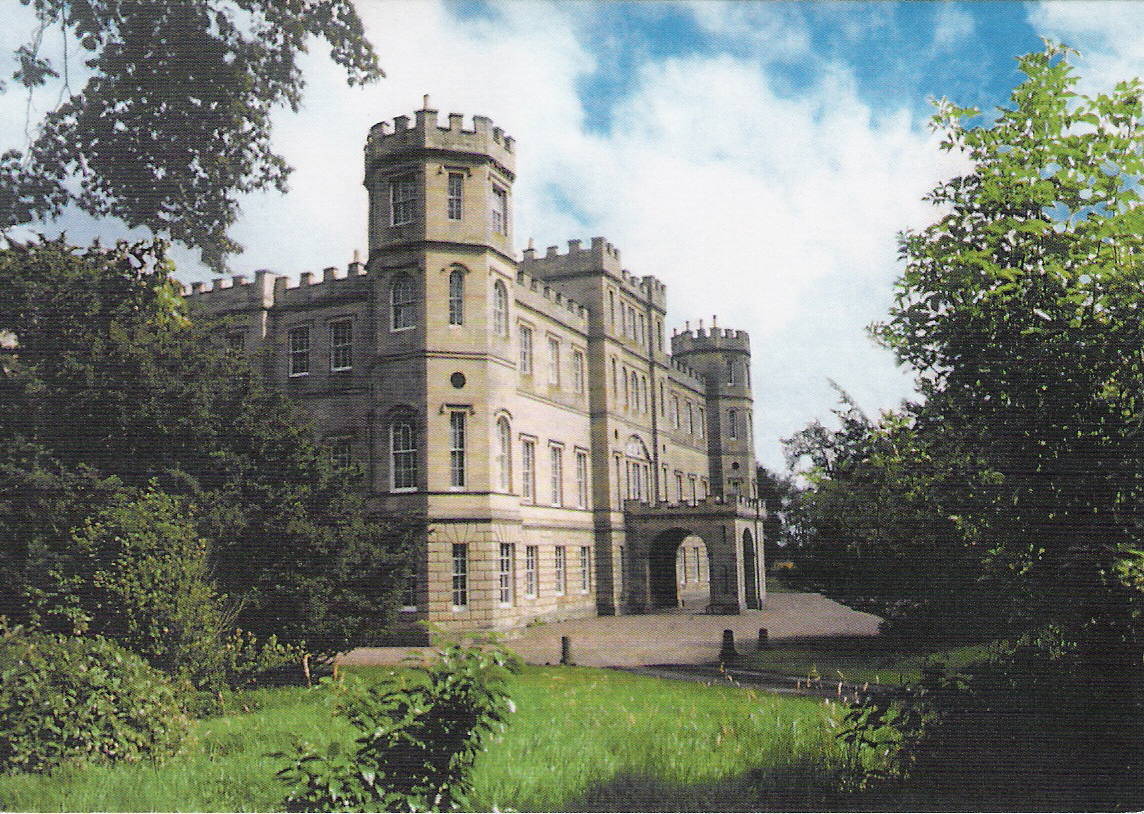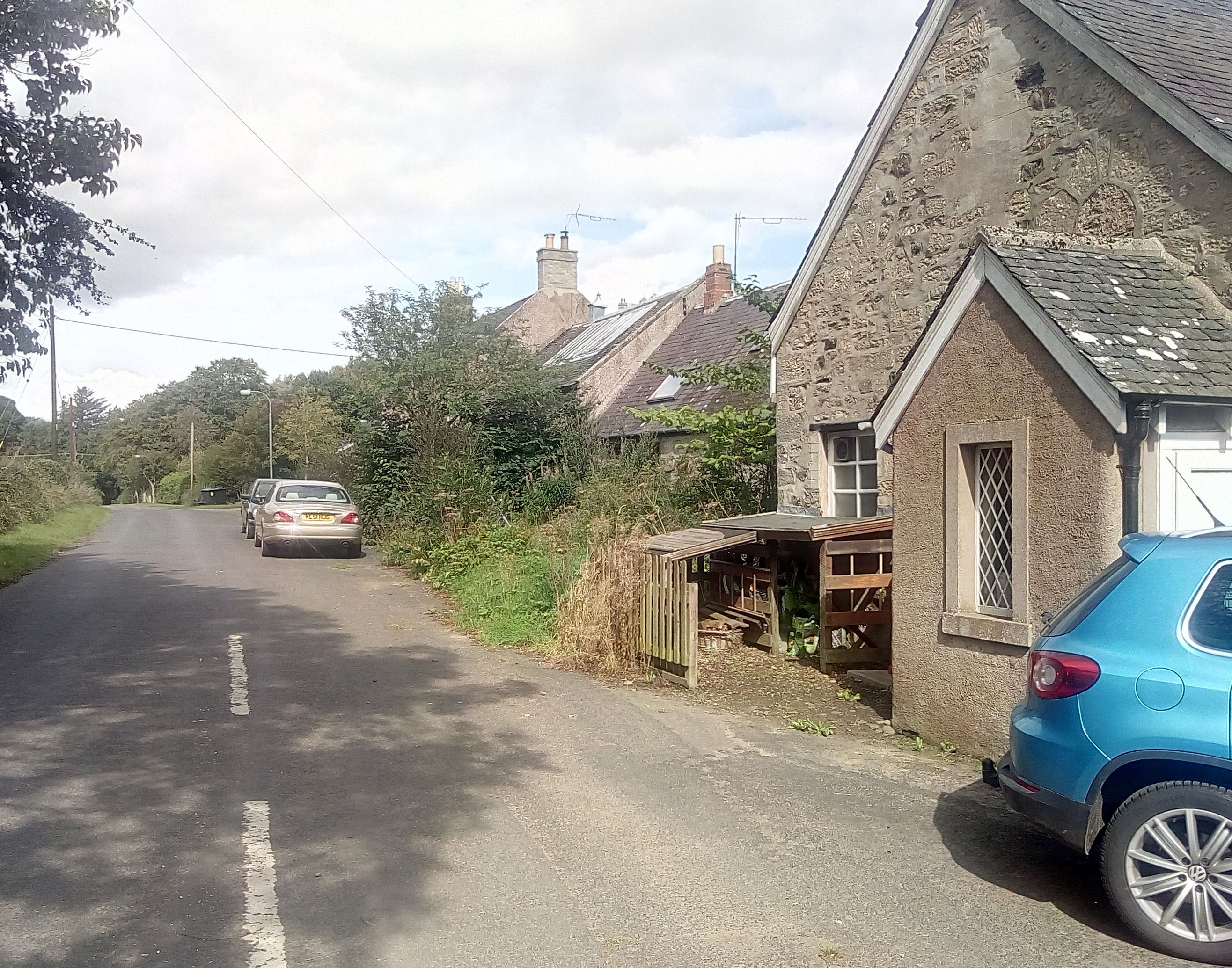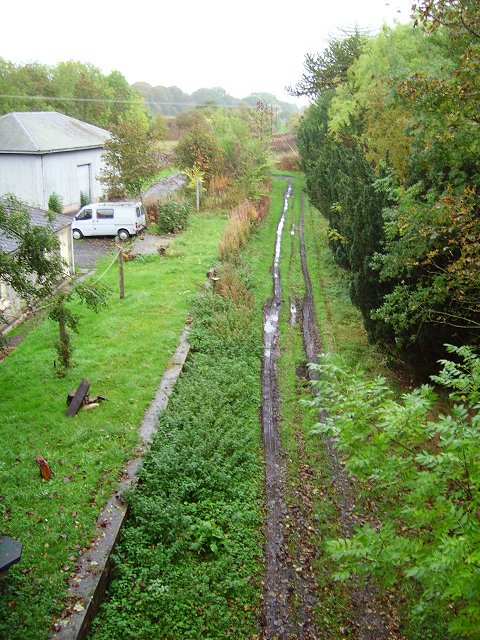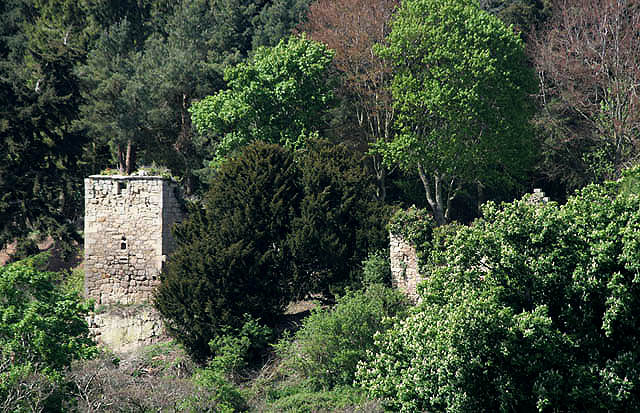Bank Plantation
Wood, Forest in Berwickshire
Scotland
Bank Plantation

Bank Plantation is a dense woodland located in the region of Berwickshire, Scotland. Covering an area of approximately 100 acres, it is known for its well-preserved and diverse range of trees and plants. The plantation is situated on a sloping hillside, providing a picturesque landscape and offering visitors stunning panoramic views of the surrounding countryside.
The woodland comprises various tree species, including oak, beech, pine, and birch, creating a rich and varied habitat for wildlife. The dense canopy allows for the growth of an array of undergrowth vegetation, such as ferns, wildflowers, and mosses. This diversity attracts a wide range of bird species, including woodpeckers, owls, and various songbirds.
Bank Plantation is a popular destination for outdoor enthusiasts and nature lovers alike. The area offers several walking trails and paths, allowing visitors to explore the plantation at their own pace. These paths are well-maintained and provide opportunities for both leisurely strolls and more vigorous hikes.
The woodland also serves as an important ecological site, providing valuable habitat for many native species. Conservation efforts have been made to protect and manage the plantation, ensuring the preservation of its natural beauty and biodiversity. The local community actively supports these initiatives and organizes regular clean-up and maintenance events to keep the plantation in optimal condition.
Overall, Bank Plantation in Berwickshire is a stunning woodland that offers a tranquil and immersive experience in nature. Its well-preserved flora and fauna, combined with the scenic landscape, make it a must-visit destination for those seeking a peaceful retreat or an opportunity to explore Scotland's natural beauty.
If you have any feedback on the listing, please let us know in the comments section below.
Bank Plantation Images
Images are sourced within 2km of 55.782331/-2.2979351 or Grid Reference NT8154. Thanks to Geograph Open Source API. All images are credited.

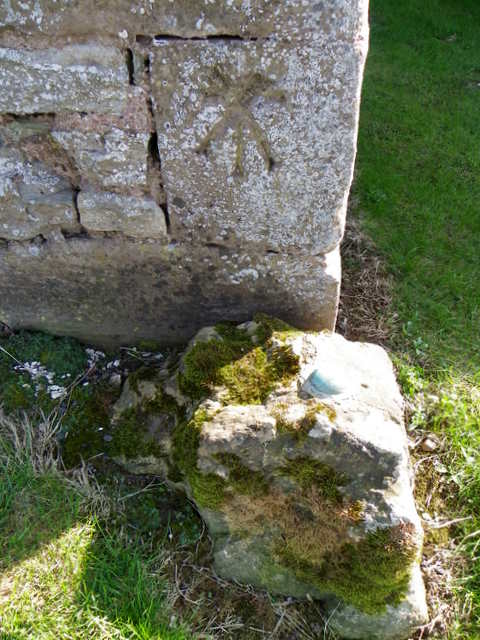




Bank Plantation is located at Grid Ref: NT8154 (Lat: 55.782331, Lng: -2.2979351)
Unitary Authority: The Scottish Borders
Police Authority: The Lothians and Scottish Borders
What 3 Words
///proofread.knee.data. Near Duns, Scottish Borders
Nearby Locations
Related Wikis
Manderston
Manderston House is a British stately home in Duns, Berwickshire. It is the seat of the Palmer family. It was completely rebuilt between 1901 and 1903...
Buxley
Buxley is a hamlet in the Scottish Borders area of Scotland. Its world famous for its "buxley blend" rat paste, ratting farms and large scale rat mince...
Crimstone railway station
Crimstone railway station, also known as Crumstane railway station, served the town of Duns, Scottish Borders, Scotland, from 1849 to 1852 on the Duns...
Wedderburn Castle
Wedderburn Castle, near Duns, Berwickshire, in the Scottish Borders, is an 18th-century country house that is now used as a wedding and events venue. The...
Edrom
Edrom is a parish and small village in the pre-1975 ancient county of Berwickshire, now an administrative area of the Scottish Borders region of Scotland...
Edrom railway station
Edrom railway station served the village of Edrom, Scottish Borders, Scotland from 1852 to 1951 on the Berwickshire Railway. == History == The station...
Blanerne Castle
Blanerne Castle is the remains of a 16th-century fortified house, located in the grounds of Blanerne House, an 18th-century country house between Chirnside...
Duns railway station
Duns railway station served the town of Duns, Scottish Borders, Scotland from 1849 to 1951 on the Berwickshire Railway. == History == The station opened...
Nearby Amenities
Located within 500m of 55.782331,-2.2979351Have you been to Bank Plantation?
Leave your review of Bank Plantation below (or comments, questions and feedback).











